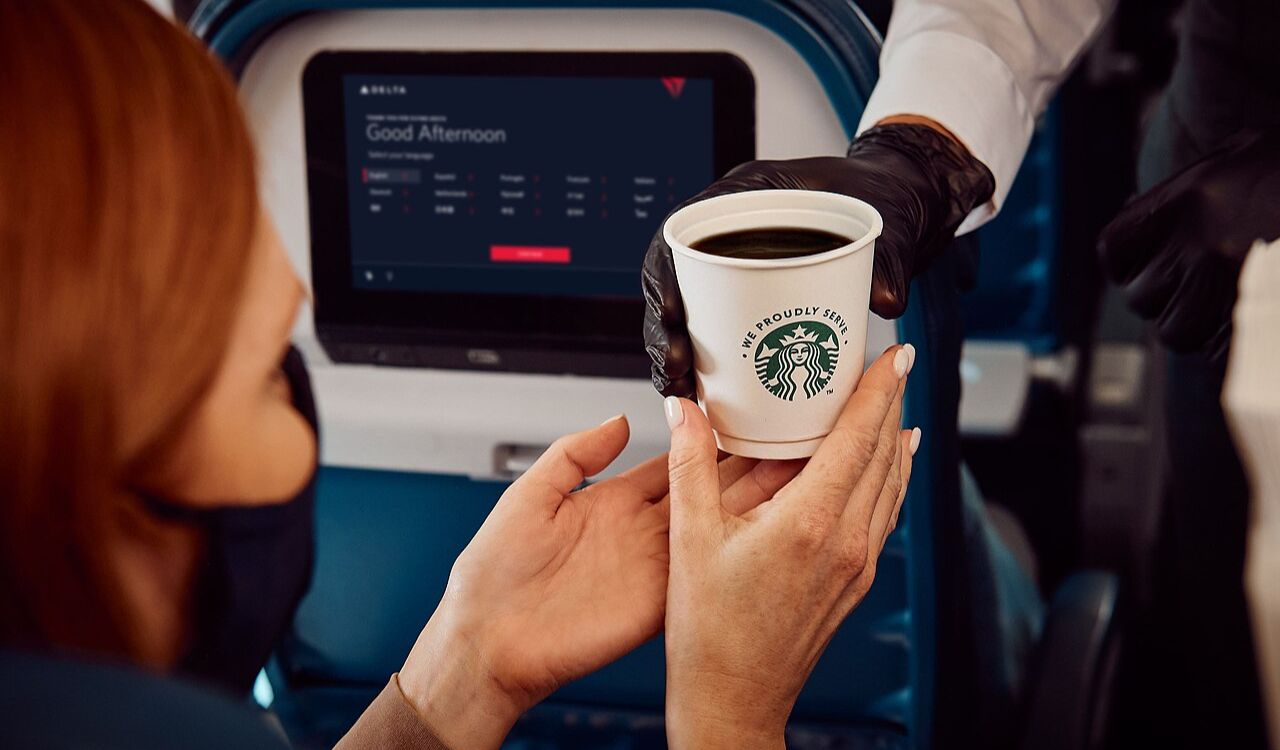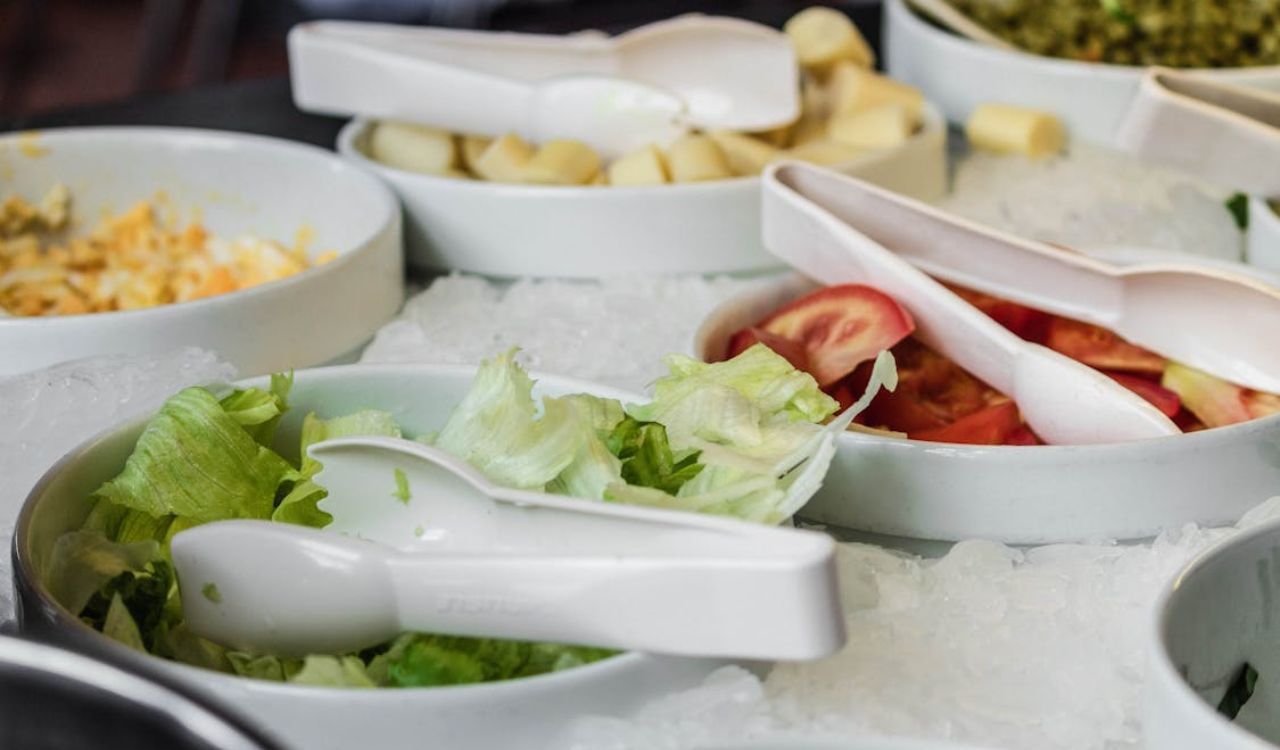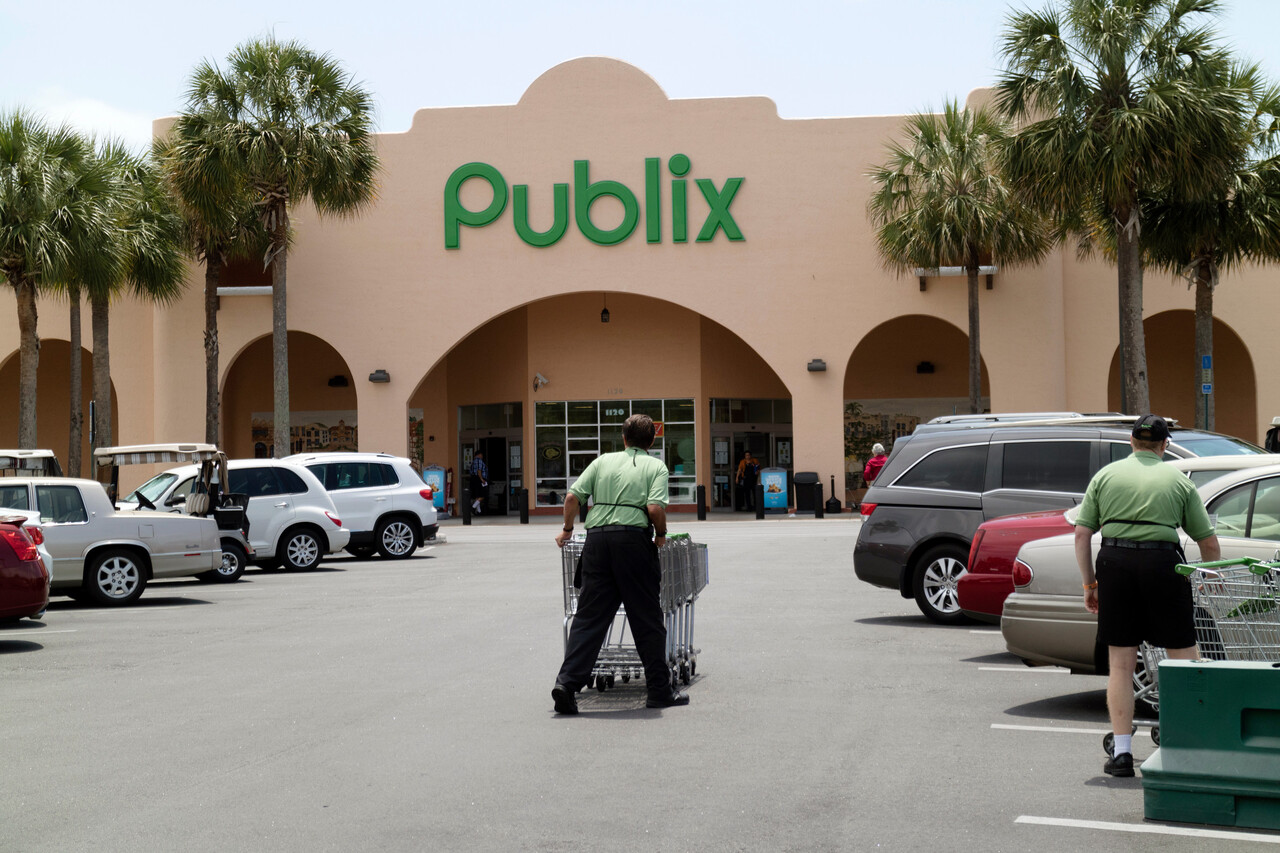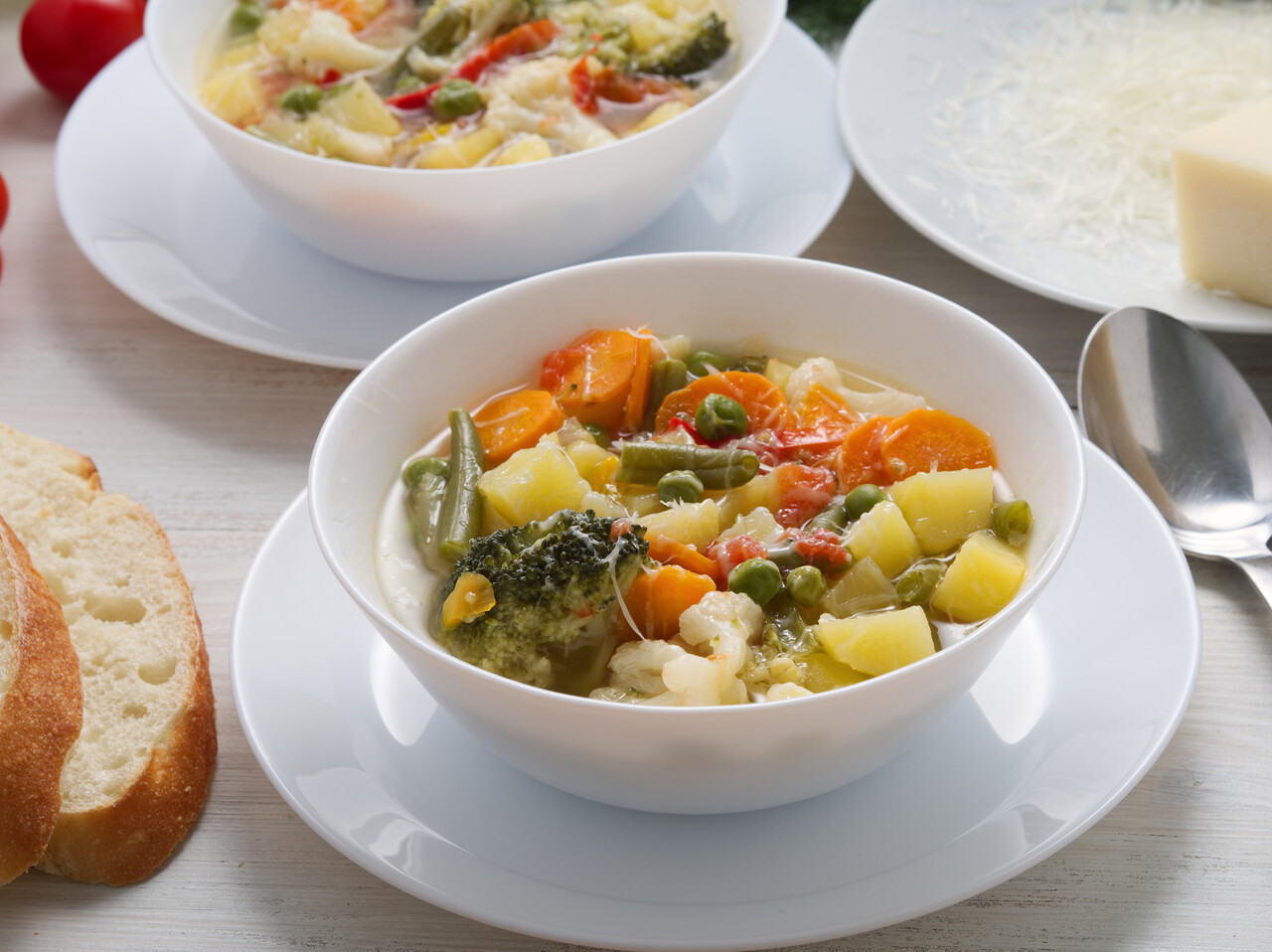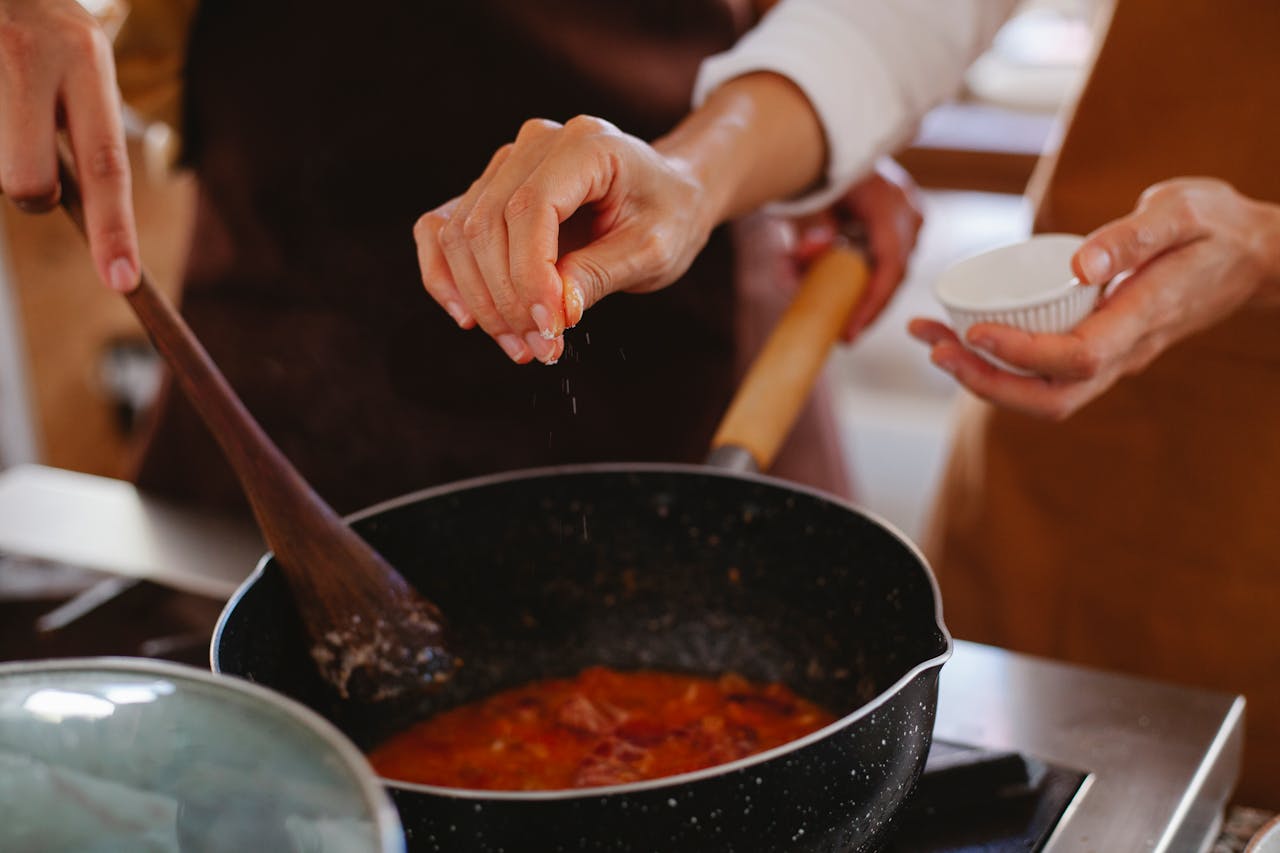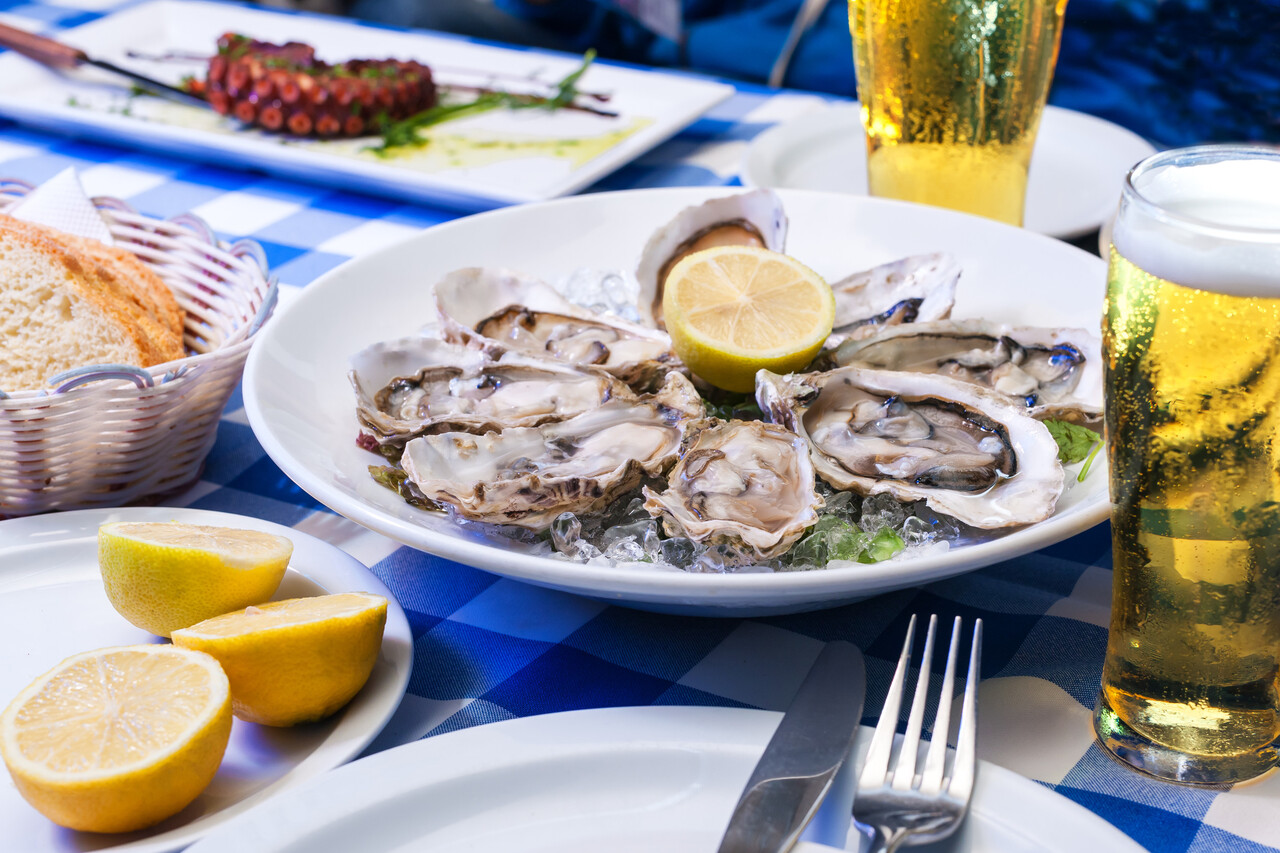11 Foods That Were Once Fit Only for Royalty
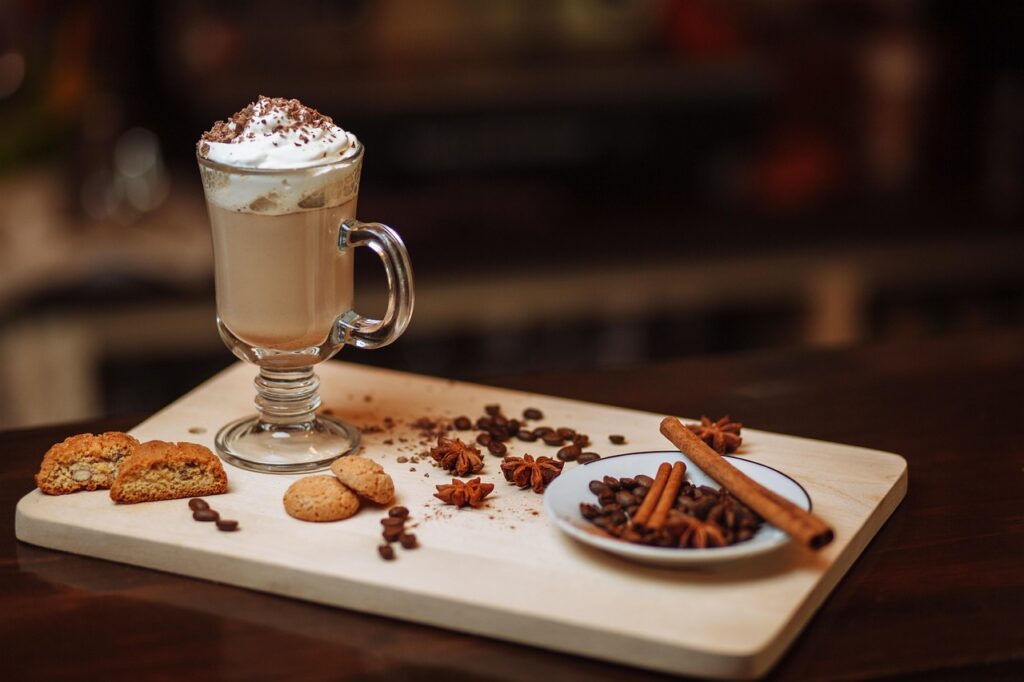
For most of history, your plate reflected your place in society. Kings, queens, and nobles had exclusive access to foods that common people could only dream about. From sugar that cost more than gold to spices brought across oceans, dining like royalty was once about more than taste; it was about power and prestige. What’s fascinating is how many of those once-exclusive foods are now staples in your grocery cart. Let’s look at eleven foods that were once reserved for the elite.
1. Sugar
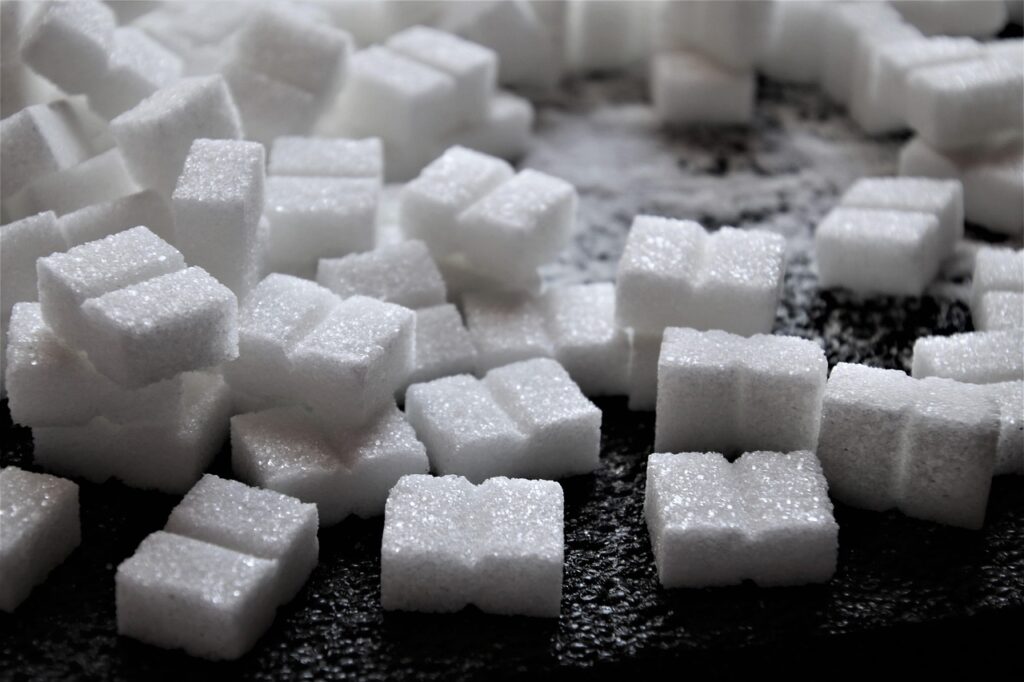
Today, sugar is everywhere, but for centuries, it was a luxury so rare that European aristocrats displayed it at feasts like art. Imported from distant plantations and refined in small quantities, sugar was called “white gold” because it was more expensive than most precious metals. Only the wealthy could afford candied fruits or elaborate sugar sculptures. As trade expanded and sugar plantations grew in the Caribbean, prices fell. By the 18th century, sugar slowly moved from royal tables into everyday kitchens, changing diets forever.
2. Salt
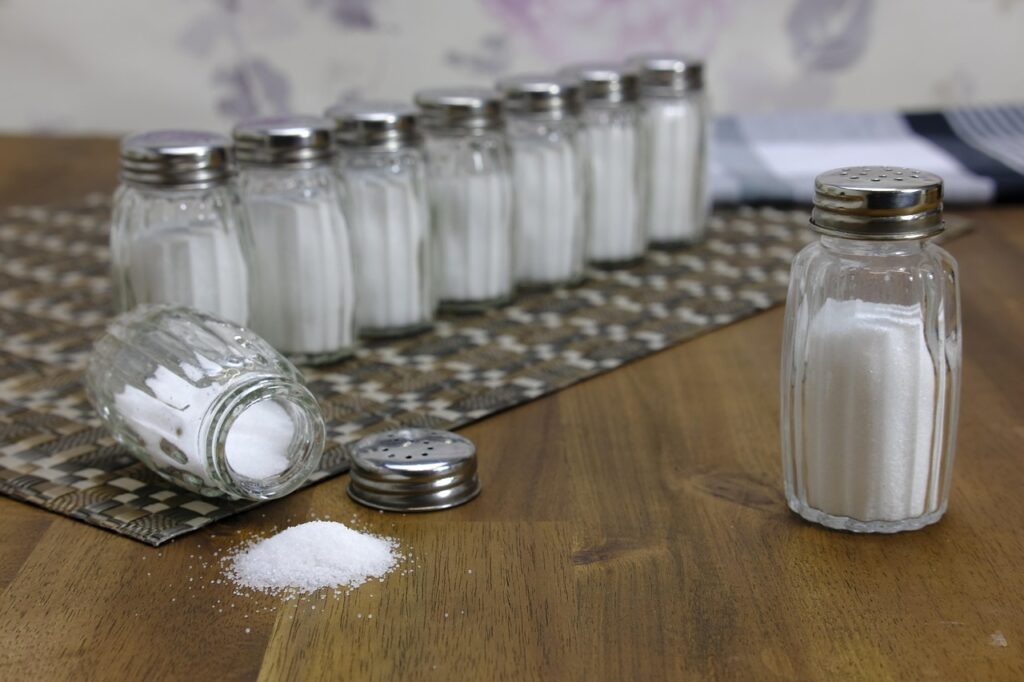
You probably reach for salt without thinking, but ancient civilizations treated it as treasure. Roman soldiers were sometimes paid with salt rations, which is where the word “salary” comes from. Medieval monarchs used it to preserve meat and demonstrate wealth by placing ornate salt cellars at banquets. Its scarcity and ability to extend food supplies made it priceless. With modern mining and evaporation methods, salt has become affordable and ubiquitous, transforming from a symbol of privilege into one of the most basic ingredients in every home.
3. Spices
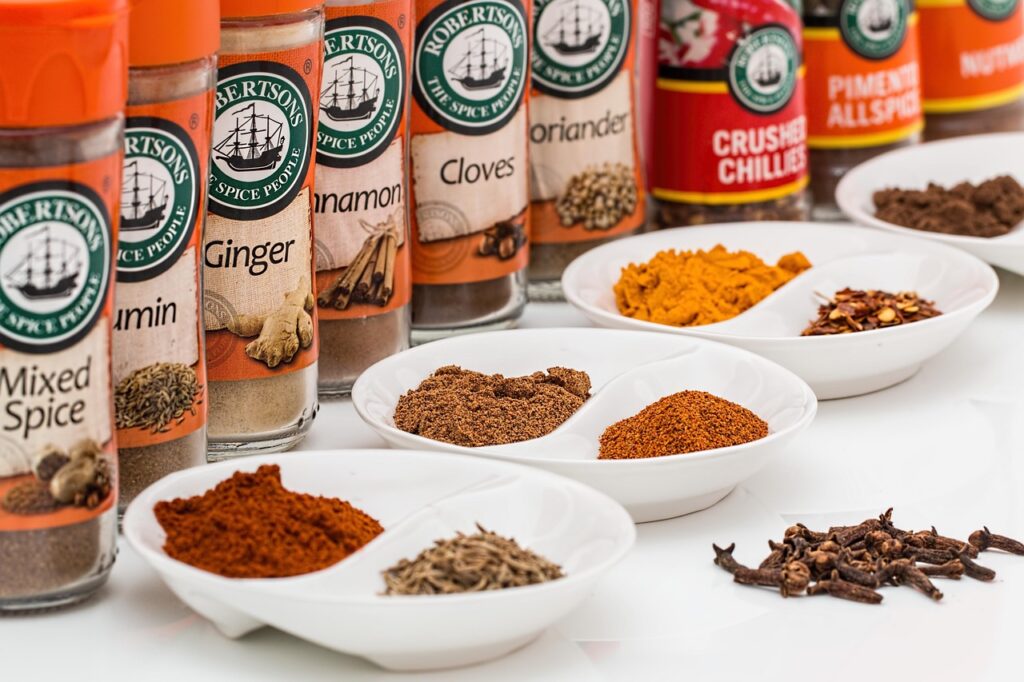
Nutmeg, cloves, cinnamon, and black pepper were once worth risking lives over. In medieval Europe, these spices were more valuable than gold, carried along dangerous trade routes from Asia. Royals and nobles used them not just to flavor food but to signal status. Having a spice chest was like owning jewels. The Age of Exploration, driven by the hunger for spices, reshaped world history. What was once a royal indulgence is now something you sprinkle on toast or add to soup without a second thought.
4. Coffee
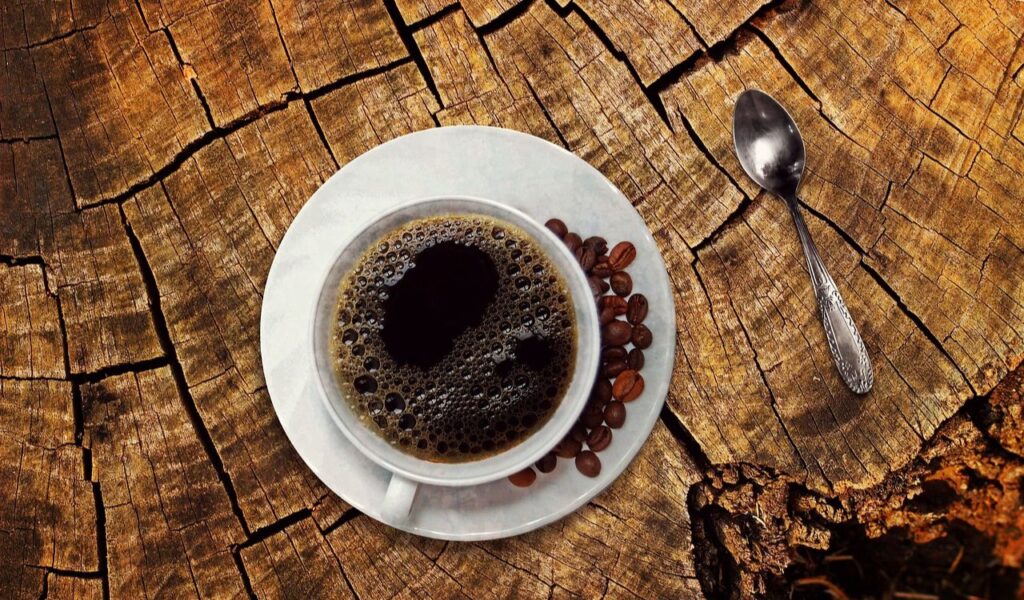
You might sip your morning coffee on autopilot, but in the 16th century, it was a prized drink reserved for the elite in the Middle East and later Europe. Coffeehouses in cities like London and Paris were originally gathering spots for scholars and wealthy merchants. Royals sometimes monopolized imports to keep it exclusive. Over time, colonial trade and large-scale cultivation in places like Ethiopia, Yemen, and the Caribbean made it accessible. What began as a royal luxury is now a daily ritual across the world.
5. Chocolate
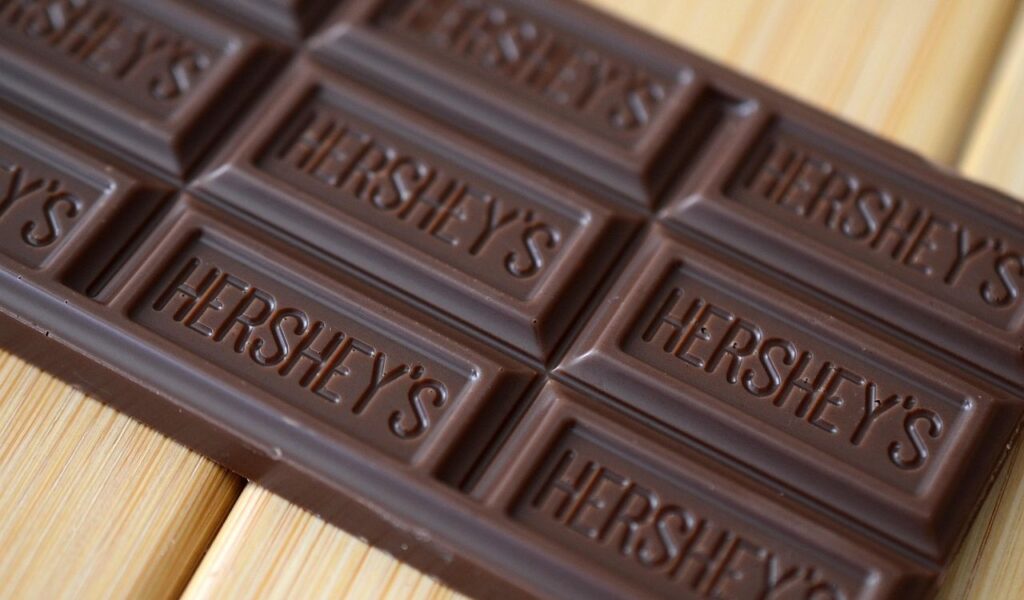
Before it became a candy-bar staple, chocolate was consumed as a bitter drink by Mayan and Aztec elites, who considered it sacred. When it arrived in Europe in the 16th century, it was blended with sugar and spices and quickly became a favorite among royal courts. France’s Louis XIV kept it as part of his court rituals, and Spanish royalty guarded chocolate recipes closely. Only when mass production arrived in the 19th century did chocolate spread to the wider public, becoming a beloved everyday treat.
6. Lobster
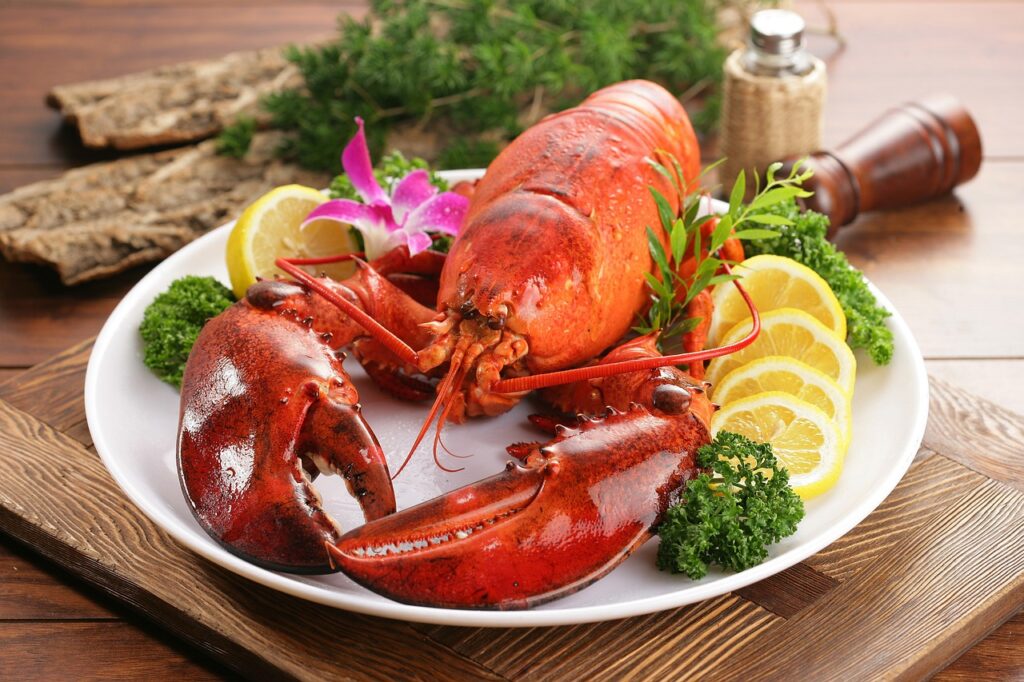
Hard to imagine now, but lobster was once considered “poor man’s food” in North America, served to prisoners and servants. In Europe, though, it was long associated with wealth, reserved for banquets and royal feasts. By the 19th century, better transport systems allowed lobsters to reach cities inland, where high society embraced them as a delicacy. Prices soared, and lobster transformed into the luxury dish you associate with fine dining today. It’s a perfect example of how perception can elevate a humble food to royal status.
7. Oysters
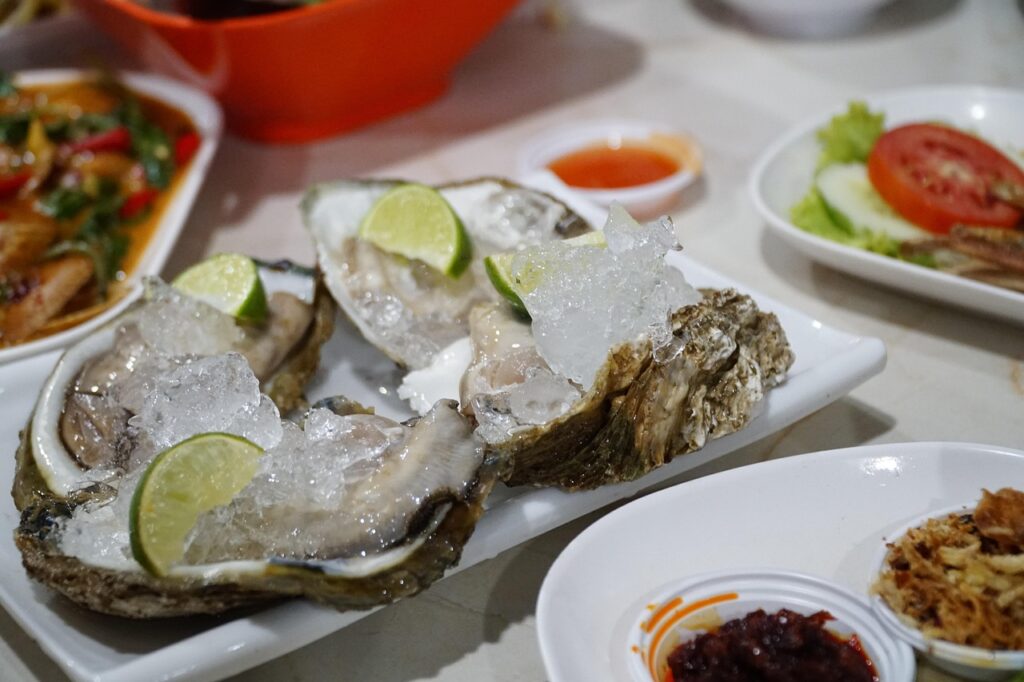
Oysters have swung wildly in reputation. In Roman times, emperors paid fortunes to import them. During the 18th and 19th centuries, however, they became cheap street food in cities like London and New York, sold to the working class. As overfishing and pollution reduced oyster beds, scarcity pushed them back into the realm of luxury. Today, slurping oysters on the half shell feels like indulgence, but the history of this shellfish shows how economics and availability dictate whether food feels royal or common.
8. Caviar
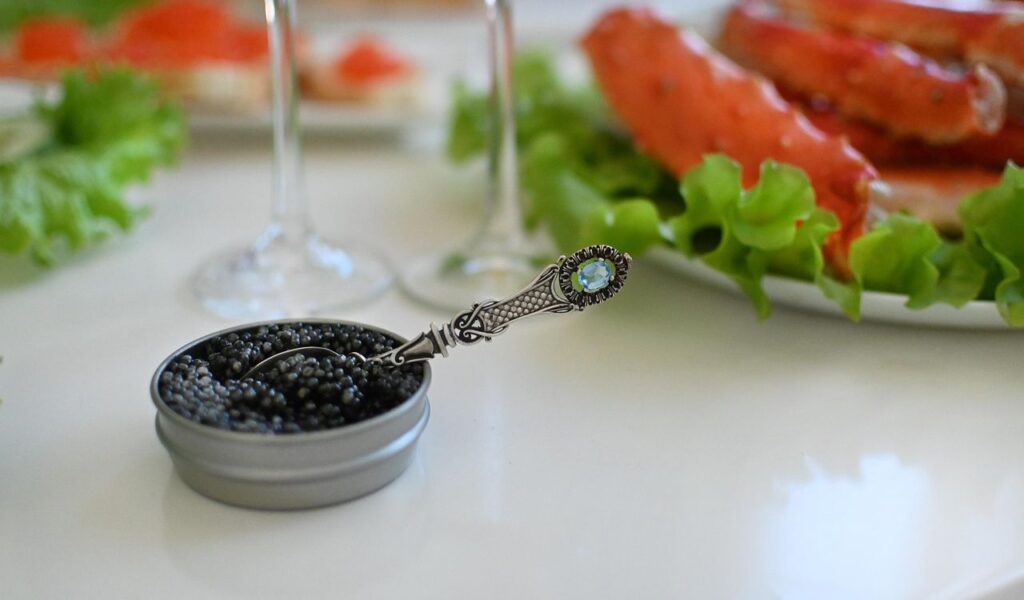
Few foods scream luxury like caviar, but it wasn’t always so. In medieval Russia, sturgeon eggs were abundant and eaten by peasants and nobility alike. Overfishing and high demand shifted it into rarity, and by the 19th century, caviar was firmly associated with European royalty and aristocracy. It became a symbol of wealth, often paired with champagne. Now, though farmed caviar makes it more accessible, the image of caviar as elite dining still lingers. What was once common became synonymous with privilege and excess.
9. Pineapples
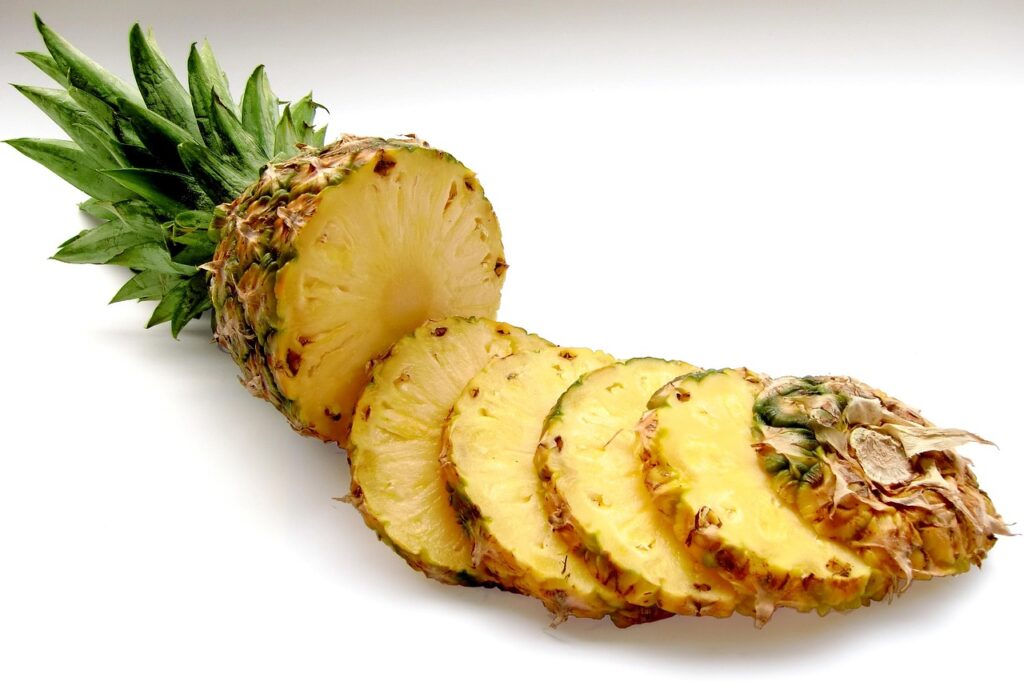
In 17th-century Europe, pineapples were so rare that nobles rented them as centerpieces to impress guests. Native to South America and carried across oceans by explorers, they were expensive to transport and difficult to grow in colder climates. Royal households in England and France built specialized greenhouses called “pineries” just to cultivate them. Owning or serving pineapple was a status symbol, not about taste but about wealth. Today you can buy them canned or fresh almost anywhere, but they once crowned royal feasts.
10. Ice
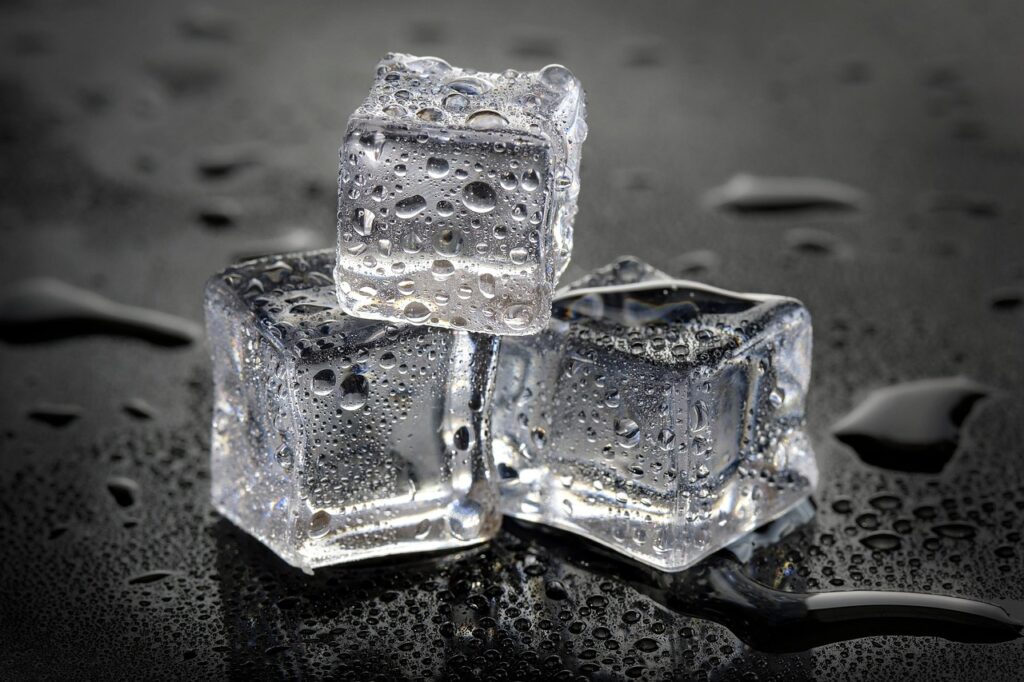
Imagine treating ice as a luxury. Before refrigeration, ice was harvested from frozen lakes and shipped across continents at great expense. In the 19th century, wealthy households and royal palaces flaunted their ice-filled drinks and chilled desserts as signs of sophistication. Ordinary families rarely had access. Only with the invention of affordable ice-making machines and modern refrigeration did ice become an everyday expectation. What was once a symbol of royal extravagance is now a button push away from your freezer.
11. Truffles
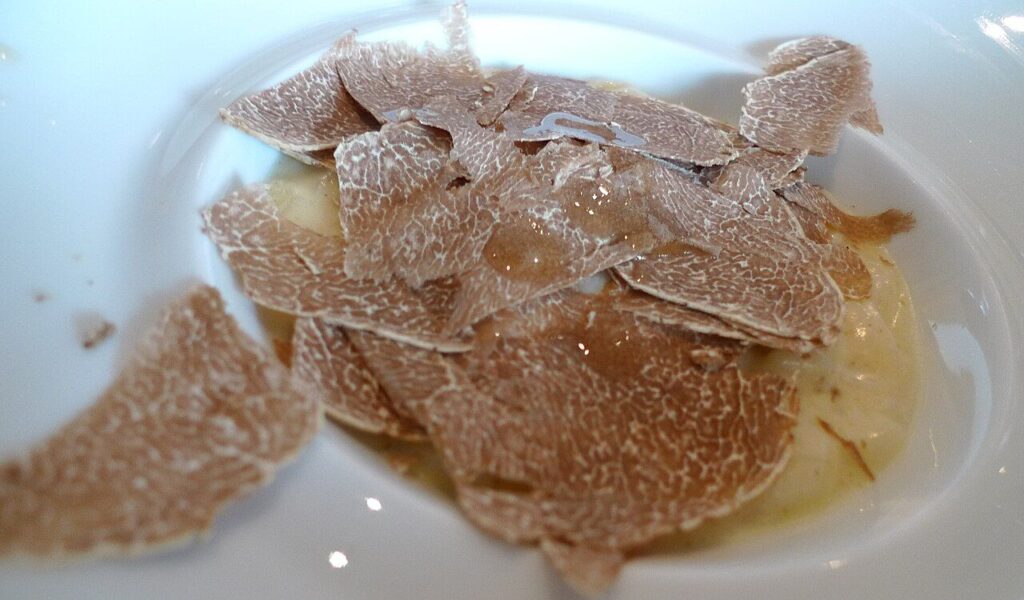
What makes truffles fascinating is how something so small managed to hold such enormous power at royal tables. For centuries, these fungi were reserved for nobles because they were nearly impossible to cultivate and had to be hunted in the wild with trained dogs or pigs. Their aroma is intense, earthy, and unlike anything else, which made them a status symbol as much as a flavor. Even today, white truffles from Italy or black truffles from France can cost hundreds or thousands per pound. Their rarity, short season, and the skill required to find them kept them firmly in royal kitchens long before they reached modern menus.


